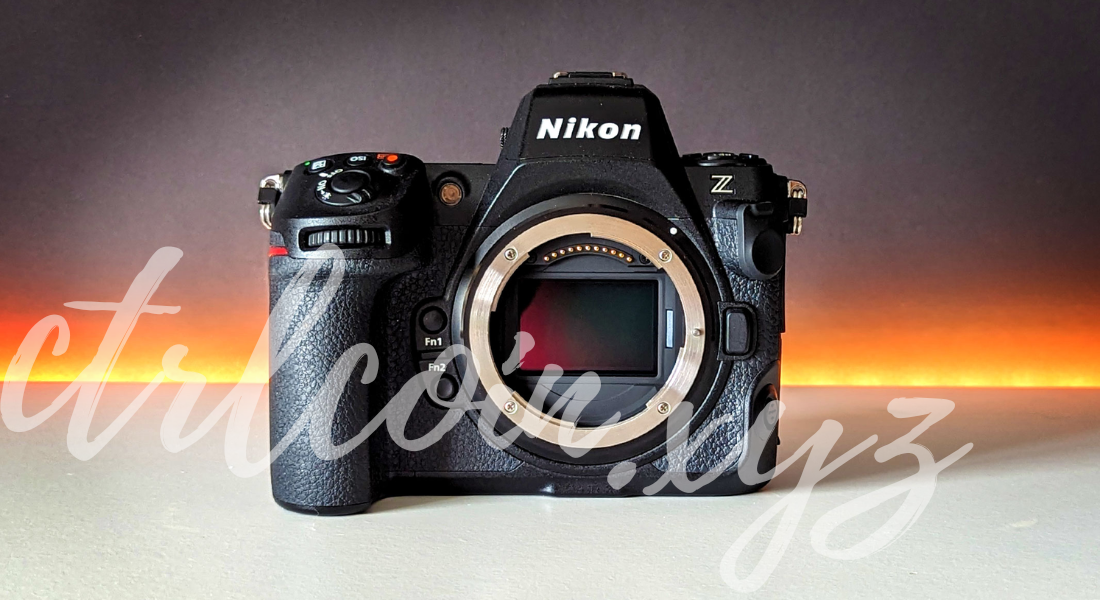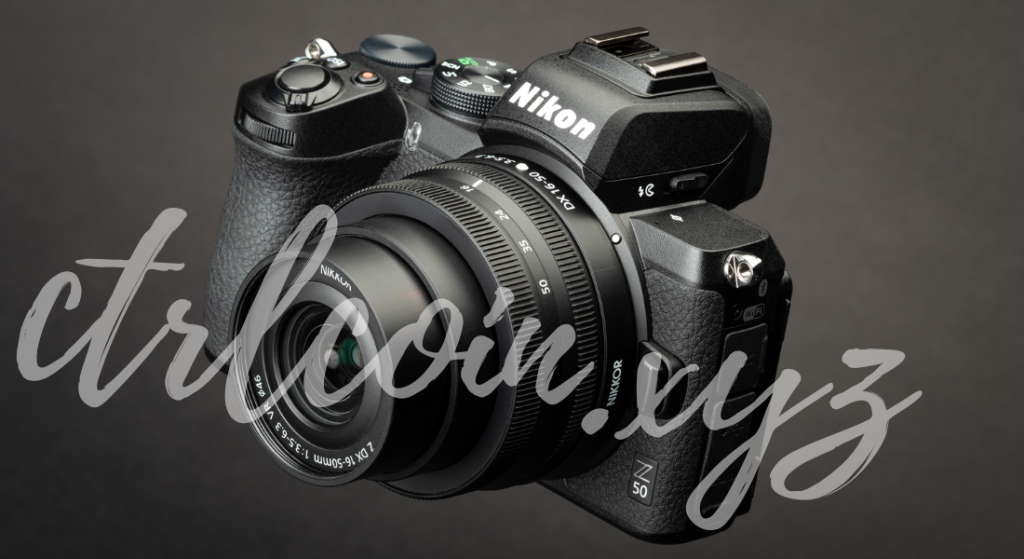Blog
Comprehensive Nikon Camera Reviews: Discover the Best Nikon Cameras for Your Photography Needs
Expanding Your Knowledge on Nikon’s Camera Range
While exploring Nikon camera reviews, understanding the brand’s innovations can further guide your choice. Nikon has constantly evolved its technology to meet the dynamic demands of modern photography. This adaptability is one of the reasons it maintains a strong position in a highly competitive market.
Nikon’s Legacy of Innovation
Nikon’s reputation didn’t emerge overnight. It is the result of decades of refining their optical technology and pushing the boundaries of what cameras can do. The brand’s commitment to producing reliable, durable, and feature-rich cameras has led to a devoted following among both amateur and professional photographers. This legacy includes advancements in autofocus technology, sensors, and processor development.
Notable Technological Advancements in Nikon Cameras
Advanced Autofocus Systems
One of Nikon’s standout features is its autofocus system, which has been consistently improved over the years. The company’s flagship DSLR, the Nikon D6, boasts a 105-point all-cross-type autofocus system, providing remarkable precision. In their mirrorless lineup, the Nikon Z9 introduced real-time subject detection powered by AI, making it a strong contender for high-speed sports and wildlife photography.
Nikon’s eye-detection and subject-tracking autofocus modes have significantly benefited portrait and action photographers. This technology ensures that even fast-moving subjects remain in focus, giving photographers greater confidence in capturing sharp, well-timed shots.
High-Resolution Sensors
Nikon’s development of high-resolution sensors has made its cameras perfect for photographers who need exceptional detail. The Nikon D850’s 45.7-megapixel sensor is a testament to Nikon’s dedication to quality. This sensor captures images with rich detail, making it ideal for professional-grade prints and creative projects. Meanwhile, the Nikon Z7 II’s 45.7-megapixel sensor offers similar capabilities in a mirrorless body, giving photographers flexibility with advanced features like in-body image stabilization (IBIS).
High-resolution sensors are particularly useful for landscape, commercial, and studio photography, where capturing intricate details is crucial. However, even photographers focusing on more dynamic scenes can appreciate the sharpness these sensors offer, especially when paired with fast, high-quality lenses.
Nikon’s Mirrorless Evolution
Nikon joined the mirrorless camera trend with the introduction of the Z-series. The Nikon Z7 II and Z6 II continue to impress with their robust build and advanced features. These models brought innovations like IBIS, which compensates for hand movements to ensure sharp images even in challenging conditions.
The Z-mount system, introduced with Nikon’s mirrorless line, allows for wider lenses with larger apertures, enabling photographers to achieve unique depth-of-field effects. This innovation expanded Nikon’s versatility, allowing photographers to adapt their existing F-mount lenses with adapters while still exploring new options within the Z-mount series.
Additionally, the Z9, Nikon’s flagship mirrorless camera, further showcases the brand’s commitment to innovation. This model introduced features like blackout-free continuous shooting and a pro-grade stacked sensor that enhances speed and performance.
Key Features Across Nikon’s Camera Models
Understanding the common key features found in Nikon camera reviews will help you see how the brand caters to a variety of photographic needs:
- Robust Build Quality: Many Nikon models, such as the D750 and D780, feature weather-sealed bodies that can withstand rough environments, ideal for travel and outdoor photography. These models are built to last, giving photographers confidence when shooting in extreme conditions.
- Ergonomic Design: Nikon prioritizes user comfort, ensuring their camera grips and button placements are intuitive and easy to handle, even during extended shoots. The smart placement of dials and custom buttons makes adjusting settings fast and efficient.
- Dual Card Slots: This feature, found in models like the Nikon Z6 II, is crucial for professionals who require backup storage or separate file handling. Having this capability helps prevent data loss and offers peace of mind during important shoots.
Comparing Entry-Level, Mid-Range, and High-End Nikon Cameras
Entry-Level Cameras
The Nikon D3500 is perfect for beginners due to its affordability, compact size, and easy-to-use interface. It’s a lightweight DSLR that helps users learn the basics of photography while still offering excellent image quality. Paired with the Nikon Guide Mode, beginners can access helpful tips on using the camera and learning about photography fundamentals.
Mid-Range Cameras
The Nikon D7500 falls in the middle range, offering more features than entry-level models while being less expensive than professional-grade options. It provides 4K video recording and a 20.9-megapixel sensor, which strikes a balance between file size and image clarity. The D7500 is ideal for enthusiasts ready to explore more advanced techniques, such as shooting in manual mode or experimenting with bracketing.
High-End Cameras
Professional photographers gravitate towards models like the Nikon Z9 or D850. The Z9, in particular, offers 8K video recording and a blazing-fast frame rate of 20 fps, making it one of Nikon’s most advanced cameras to date. With dual EXPEED 7 image processors, the Z9 handles complex shooting scenarios with ease, from wildlife to fast-paced sports.

Lenses and Accessories: Enhancing Your Nikon Experience
The right accessories can elevate your photography. Nikon’s wide range of lenses, from versatile zooms to specialized primes, helps photographers tailor their gear to specific needs. The Nikon Z 14-30mm f/4 S is ideal for landscape photography, while the Nikon AF-S 85mm f/1.4G excels in portrait work with its stunning bokeh.
Essential accessories include:
- External Flashes: The Nikon SB-700 is a reliable speedlight that enhances low-light shooting.
- Tripods: A sturdy tripod like the Manfrotto Befree Advanced ensures stable shots, essential for long exposure and night photography.
- Lens Filters: Polarizing and neutral density filters help control light and add creative effects. These tools are valuable for landscape and outdoor photographers who wish to manage glare and exposure effectively.
Nikon’s Support for Videographers
Nikon cameras aren’t just for still photography. Recent models, such as the Nikon Z6 II, cater to videographers by offering 4K UHD video at up to 60 fps. Features like full-pixel readout, focus peaking, and zebra patterns make Nikon cameras strong contenders in the videography market. The brand has also incorporated external recording options for higher bit rates and extended dynamic range, making them a reliable choice for serious filmmakers.
Continuous Firmware Updates
Nikon has demonstrated commitment to supporting its existing customers through regular firmware updates. These updates often introduce new features or enhance camera performance, keeping models like the Nikon Z7 and Z6 competitive years after their release. Regular updates help maintain customer loyalty and ensure that cameras remain functional and up-to-date.
Final Words: Choosing Your Ideal Nikon Camera
Selecting the right Nikon camera depends on understanding your specific needs and budget. Whether you are stepping into photography with an entry-level D3500, capturing high-resolution images with a D850, or pushing the limits of video with a Z9, Nikon’s lineup offers unmatched options. By reviewing Nikon camera reviews and considering your photographic goals, you can confidently pick the model that will best support your creative vision.
Making Your Decision
Finding the perfect Nikon camera involves balancing factors like sensor size, megapixel count, autofocus capabilities, and connectivity options. For beginners, models like the D5600 can be a smooth introduction to the Nikon ecosystem. For those ready for an upgrade, mirrorless options such as the Z6 II offer a leap forward in modern features and performance.
Keep reading reputable Nikon camera reviews and try hands-on testing at camera stores if possible. This approach will ensure you’re well-informed before making an investment that enhances your photography journey.

